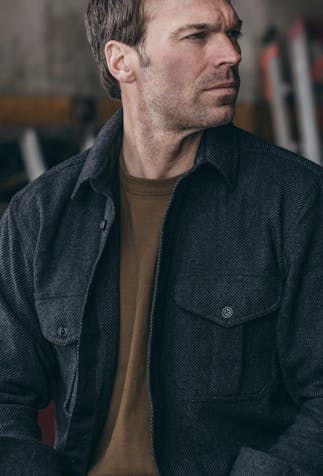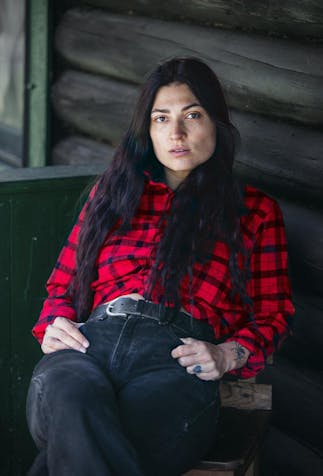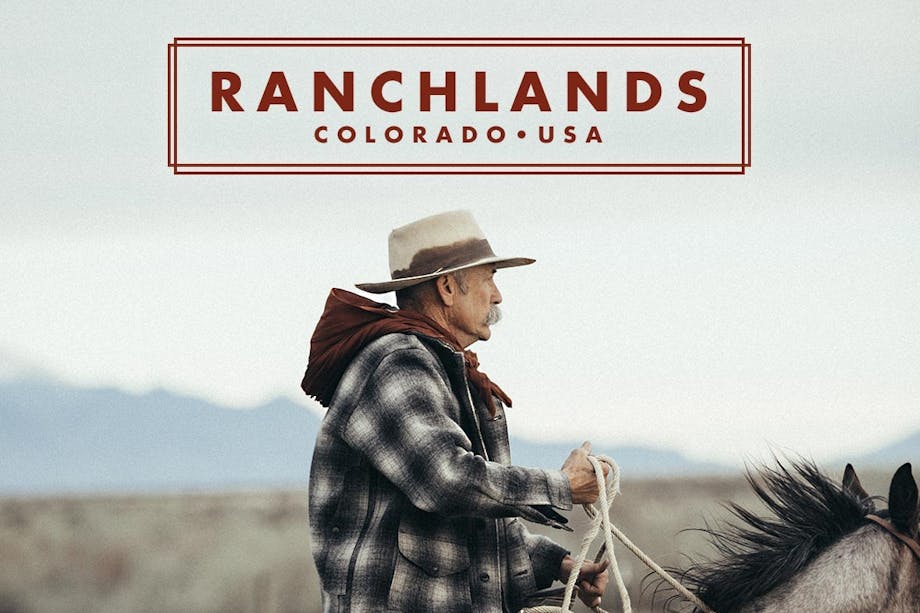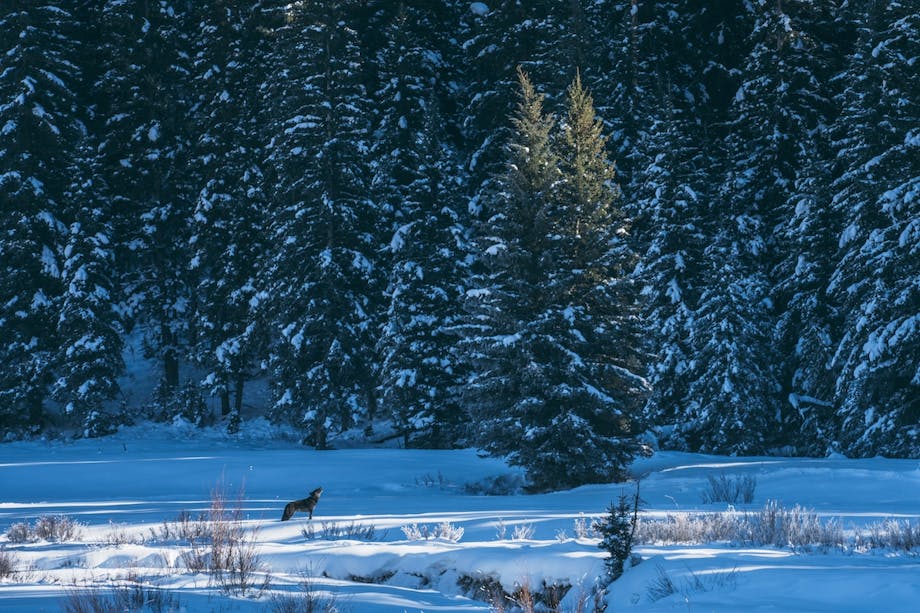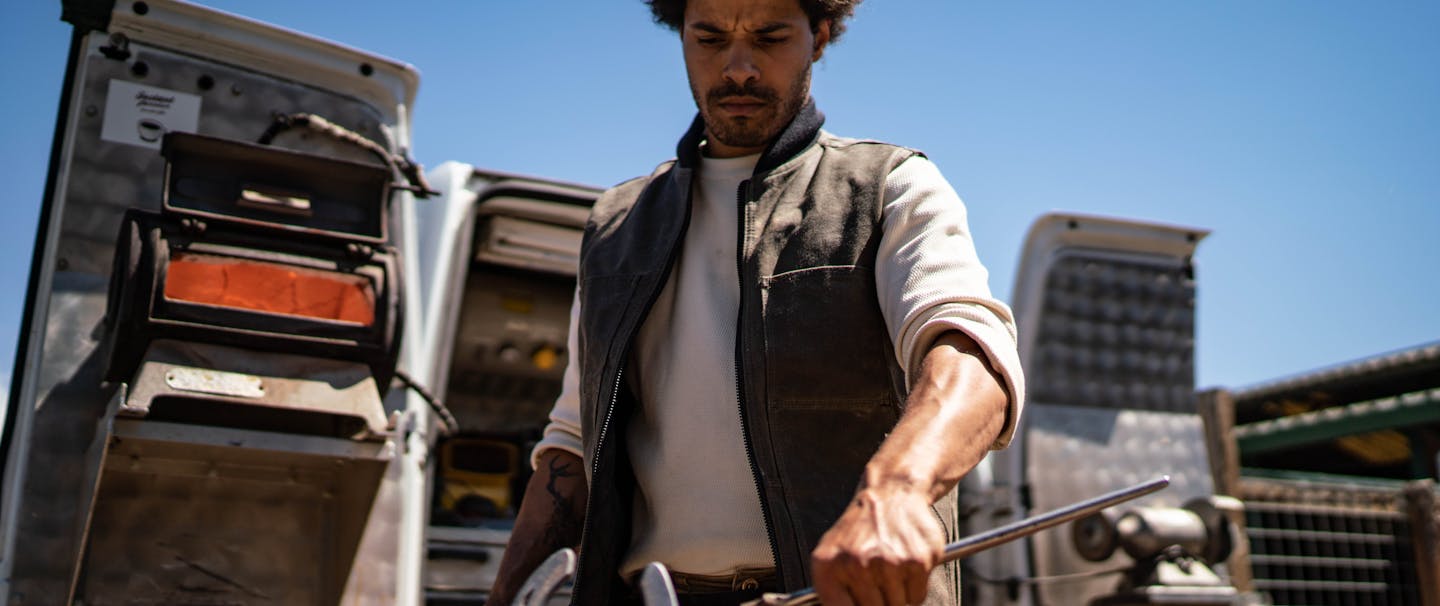Conservation isn’t abstract and ranching doesn’t reward those who disconnect themselves from nature. I learned these truths from Duke Phillips, or Big Duke, to his friends. For Big Duke and his family, ranching is a way of life.
Standing at a slim 6 foot, he carries the presence of a patriarch who has lived his dream, and still is. Crows-feet and weathered hands tell the story, one that began in the grasslands of Mexico as a young boy where Big Duke learned the ropes from his father and grandfather. You can read some of the story written across his hat, one built of beaver felt, tanned by a life in the sun, adorned by a silver pin of a sandhill crane. His silver belt buckle, dirt caked jeans and homemade leather belt befit the stockman and steward he has become.
His fingerprints are everywhere out here. They’re a testament to his commitment to the land, to his family and America’s ranching legacy. He’s a reminder that to be a successful rancher you have to be a grass farmer first. Without grass, water runs off the land, evaporates under a high sun, and slowly the land turns to dust. Without grass to protect the topsoil, slow and spread water into a great bank account below ground, the heartbeat of this place is gone – the very heartbeat that sustains livestock, ranching families and wildlife alike.
Today, Duke and his family shape the ecological balance of nearly 300,000 acres of managed lands that span the American West. The family business is Ranchlands. The name says it all. Stewarding working landscapes is their expertise, and using livestock as a tool to accomplish conservation goals is just one of the ways they restore America’s grasslands. In their eyes, it’s not just about producing grass fed, holistically managed cattle, it’s about creating a business model that leans on eco-tourism, art, science, conservation, education, fishing and hunting, community and family to support a model that improves the ecosystem.
Most Autumns, I make the pilgrimage to the crown jewel of their operation, the Medano Zapata Ranch, a cottonwood peppered prairie oasis that flanks the Sangre de Cristo Mountains of Southwest Colorado. Here something special happens: Bisonworks.
When you arrive on day one of Bisonworks, a few things are certain to catch your eye. First, you’ll see the curved horns and thick coats of bison pouring across the land. You’ll then hear the sound of hooves pounding warm soil, the grunts and calls, the swinging of gates, and rumble of engines. You’ll also notice the faces, young and old. Help comes from across the West. Conservationists and biologists from The Nature Conservancy work alongside vets and ranch hands, all dedicated to ensuring these lands have a bright future, one, ideally, with a free-range herd of bison roaming across the land as they always have.
Look closely, and you’ll learn that the scene in front of you is a unique one. Big Duke and Ranchlands have created an opportunity for huge tracts of land to be stewarded their way, which has earned them countless awards and global recognition as leaders in grassland conservation. Just as they have partnered with The Nature Conservancy to manage the 103,000 acres Medano-Zapata Ranch, a framework exists for landowners to partner with Ranchlands to ensure their lands and livestock, grass and water, wildlife and community benefit from a management plan that honors the natural way of things, the synergy that creates and sustains thriving ecosystems.

Bisonworks is a case study of their commitment and successes. One week a year, these bison come into contact with humans, a jeep, plane, horses and motorbikes. The other 364 days, they’re free to roam a 50,000-acre pasture flanked by Great Sand Dunes National Park. Their way of life is not dissimilar to their ancient experience before they were nearly forced to extinction towards the end of the 19thcentury.
The Ranchlands way of doing business exists in part to ensure that these webs of life continue to exist into the future. Big Duke’s grandson, Woods, will someday take the reins. When of age, he will begin writing a new chapter for the family, one rooted to 6th generations of history, defined by Ranchlands signature on the lands they steward. As Woods grows so will his family’s impact on the land. New ranches are under management in New Mexico that are allowing Big Duke and his family to continue their tradition of restoring working landscapes.
Ranchland’s gift to the land is best viewed over time and space: the greater of both, the better. With a future increasingly shaped by their hands, we can be sure grass will grow tall, soil will run deep, water will flow cool and clear and working lands will continue to thrive among wild corners of the American West.


